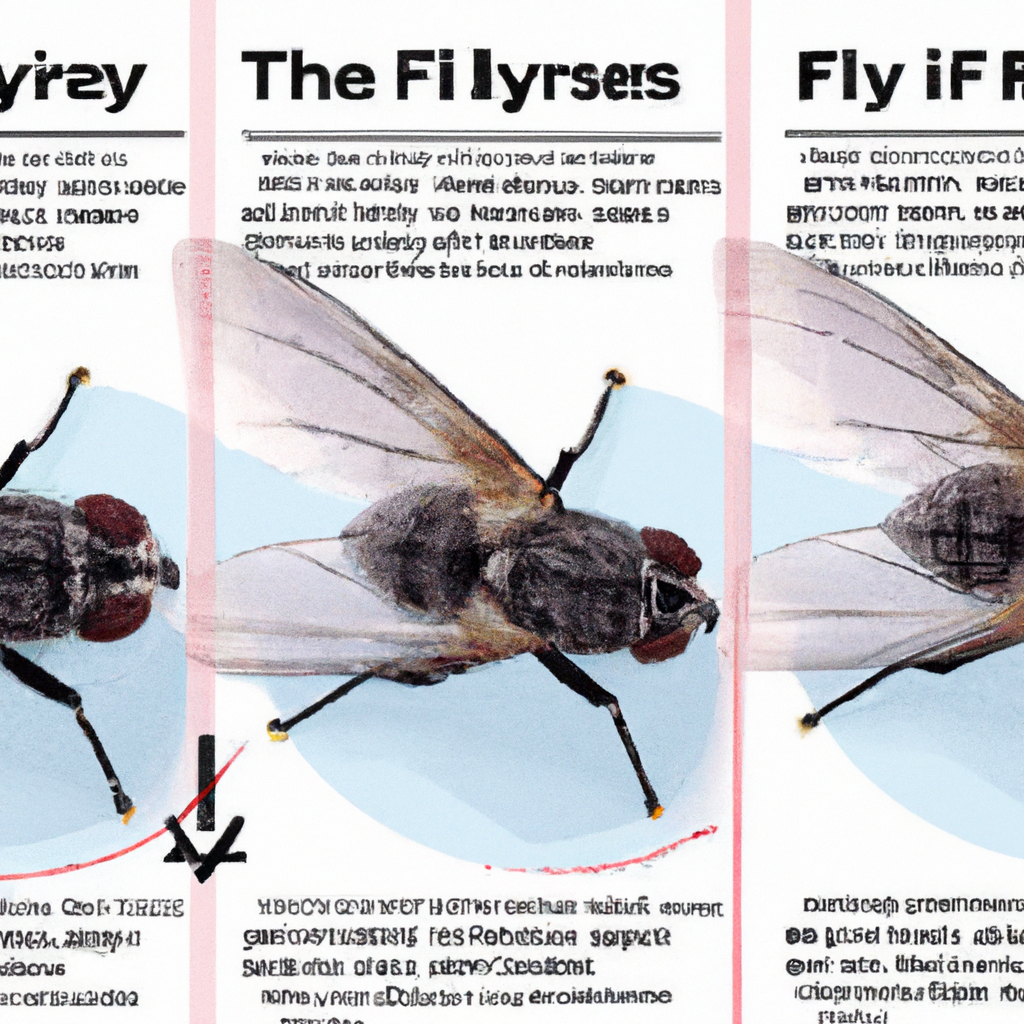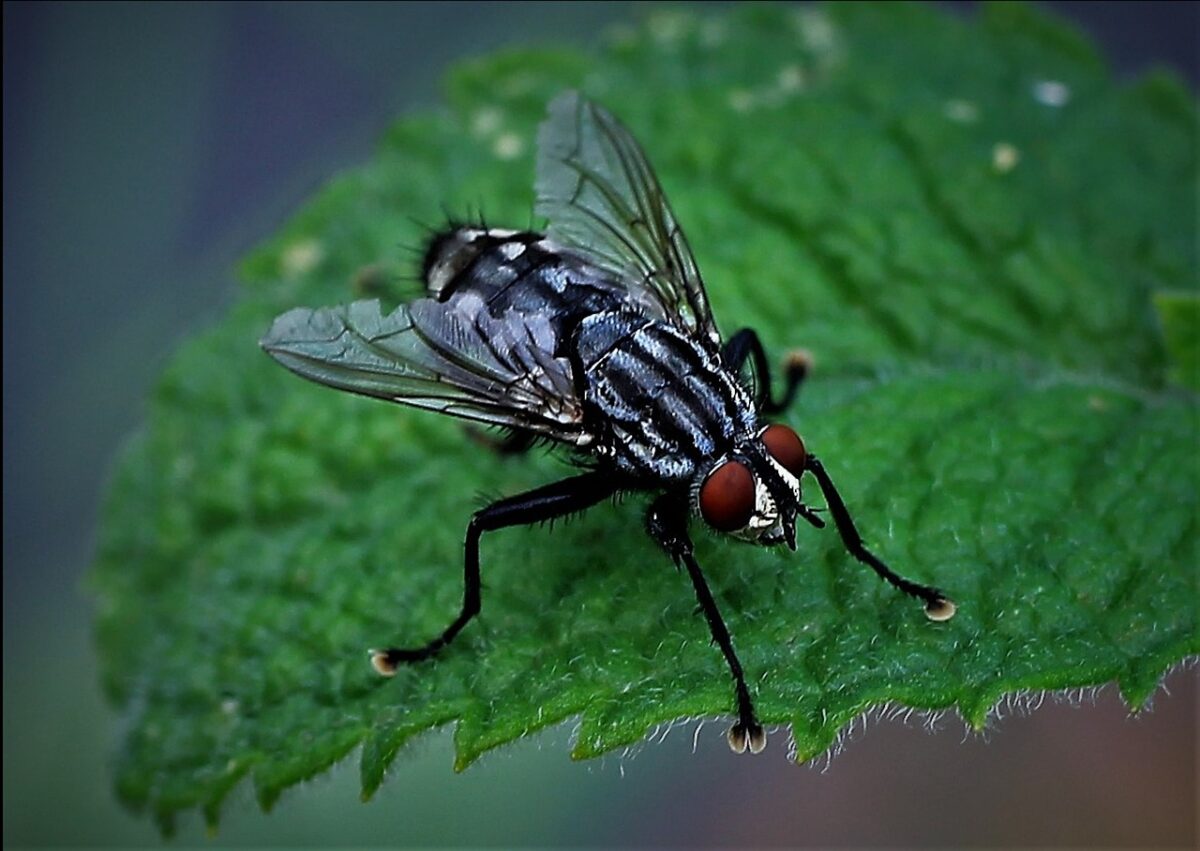Have you ever wondered why your kitchen seems to always attract an army of flies? It can be frustrating, to say the least, constantly swatting at these pesky insects while preparing a meal or enjoying a quiet dinner. Well, fret no more, for this article aims to shed some light on the mystery behind the abundance of flies in your kitchen. We will explore the various factors that may be inviting these unwanted guests into your culinary space, from food sources to hygiene practices, and offer some practical tips to help you effectively deal with this common annoyance. Say goodbye to the buzzing invasion and reclaim your peaceful kitchen once and for all!
Causes of Flies in the Kitchen
1.1. Poor Cleaning Practices
One of the main causes of flies in the kitchen is poor cleaning practices. When you don’t clean your kitchen regularly and thoroughly, it creates a breeding ground for flies. They are attracted to food debris, spilled liquids, and leftover crumbs. By simply neglecting to clean your countertops, floors, and other surfaces, you are inadvertently inviting flies into your kitchen.
1.2. Food and Trash Odors
The strong odors of food and trash are like a magnet for flies. They have an exceptional sense of smell and are attracted to the scent of rotting food and garbage. If you frequently leave uncovered food out on your kitchen counters or fail to properly seal your trash cans, flies will quickly discover these enticing aromas and make themselves at home in your kitchen.
1.3. Unsealed Windows and Doors
Flies are opportunistic creatures that can find their way into your kitchen through the smallest openings. If you have unsealed windows and doors, it becomes an open invitation for flies to enter your kitchen. It only takes a small gap or crack for them to squeeze through and infest your space. Be sure to inspect and seal any entry points to prevent flies from invading your kitchen.
1.4. Inadequate Waste Management
Improper waste management is a major contributor to the presence of flies in the kitchen. When you don’t dispose of your garbage promptly or leave it uncovered, it becomes a breeding ground for flies. They lay their eggs in decaying organic matter, and your trash provides the perfect environment for them to reproduce. It is essential to practice proper waste management by using sealed trash cans and disposing of garbage regularly.
1.5. Leftover Food and Spills
Leaving leftover food and spills unattended is another common cause of flies in the kitchen. Even a small spill or a few crumbs can attract flies, especially if it contains sugary or sticky substances. Additionally, leftover food that is not properly stored or covered can quickly become a feeding ground for flies. It is crucial to clean up spills promptly and store food properly to prevent flies from being drawn to your kitchen.
Types of Flies Found in Kitchens
2.1. House Flies
House flies (Musca domestica) are the most common type of fly found in kitchens. They are approximately 1/4 inch long and have a gray thorax. House flies are attracted to decaying organic matter and can carry disease-causing pathogens on their bodies, making them a potential health risk.
2.2. Fruit Flies
Fruit flies (Drosophila melanogaster) are small, about 1/8 inch in length, and have a tan or light brown body. They are attracted to ripe or fermenting fruits and vegetables, as well as sugary substances. Fruit flies breed quickly and can become a nuisance in your kitchen if left unchecked.
2.3. Drain Flies
Drain flies (Psychodidae) are also known as moth flies or sewer gnats. They are small, dark-colored flies that are typically found near drains, sewage systems, or areas with decomposing organic matter. These flies can breed in the organic residue found in drains, making kitchen sinks and drains a common breeding ground for them.
2.4. Phorid Flies
Phorid flies (Phoridae) are tiny flies, usually less than 1/8 inch long. They have a humpbacked appearance and tend to run rather than fly. Phorid flies are attracted to decaying organic matter, such as rotting meat or feces, and can be found in kitchens where proper sanitation is lacking.
2.5. Cluster Flies
Cluster flies (Pollenia spp.) are larger than house flies, measuring up to 3/8 inch long. They are typically found in clusters near windows and on walls. Cluster flies are not attracted to food or garbage like other kitchen flies; instead, they seek shelter in warm spaces during the colder months, often finding their way into kitchens.
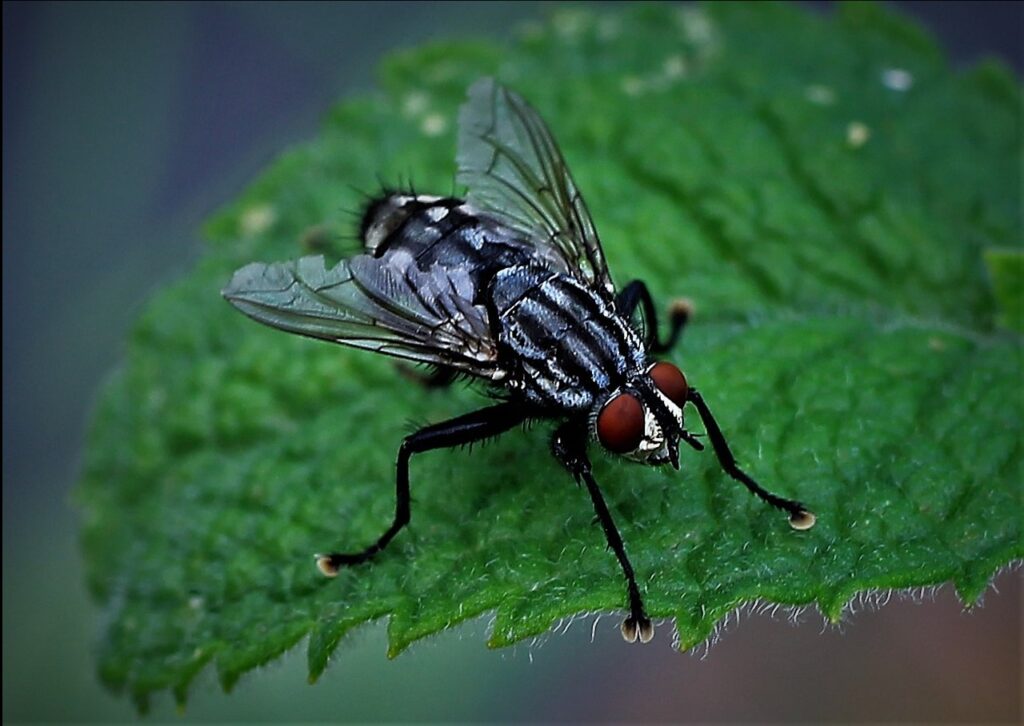
Problems Associated with Kitchen Flies
3.1. Food Contamination
One of the significant problems associated with kitchen flies is food contamination. Flies carry bacteria and other pathogens on their bodies, and when they land on food, they can contaminate it with these harmful microorganisms. Consuming food that has been contaminated by flies can lead to food poisoning and other illnesses.
3.2. Disease Transmission
Flies can transmit various diseases, including salmonella, E. coli, and typhoid fever. When flies come into contact with contaminated substances or waste and then land on surfaces or food in your kitchen, they can transfer these pathogens. The diseases they carry can pose serious health risks, especially to individuals with weakened immune systems.
3.3. Allergic Reactions
For some individuals, exposure to flies can trigger allergic reactions. Fly saliva, feces, and shed skin can contain allergens that cause symptoms such as itchy eyes, sneezing, coughing, and skin irritation. People with existing allergies or asthma may experience more severe reactions when exposed to kitchen flies.
3.4. Property Damage
Aside from the health risks, kitchen flies can also cause property damage. Cluster flies, for example, may leave behind stains or smudges on walls, windows, and other surfaces. Moreover, the presence of flies can be a nuisance and disrupt the pleasant ambiance of your kitchen, making it an uncomfortable space to be in.
Prevention and Control of Kitchen Flies
4.1. Cleanliness and Sanitation
The key to preventing and controlling kitchen flies is maintaining cleanliness and proper sanitation. Regularly clean your kitchen, focusing on surfaces, floors, countertops, and appliances where food particles and spills can accumulate. Make sure to also clean sinks, drains, and garbage disposal units, as these are common breeding grounds for flies.
4.2. Proper Waste Management
Proper waste management is essential in detering flies from infesting your kitchen. Use sealed trash cans and dispose of garbage regularly, especially food waste. It’s also important to clean trash bins and recycling containers to prevent odors that can attract flies.
4.3. Window and Door Maintenance
To prevent flies from entering your kitchen, it is crucial to seal any gaps or cracks in windows and doors. Install screens on windows and doors to create a barrier that keeps flies out while allowing fresh air to flow into your kitchen.
4.4. Eliminating Attractive Food Sources
Be diligent in eliminating attractive food sources for flies. Store food in airtight containers or in the refrigerator to prevent it from attracting flies. Clean up spills and crumbs immediately, and avoid leaving dirty dishes out overnight to avoid providing a food source for flies.
4.5. Natural Remedies and Traps
There are several natural remedies and traps that can help control flies in your kitchen. Fly traps can be made using apple cider vinegar, which flies are attracted to. Other natural repellents include essential oils like lavender, peppermint, or eucalyptus, which can be used to deter flies from entering your kitchen.
4.6. Professional Pest Control
If you have tried various prevention and control methods but still can’t get rid of the flies in your kitchen, it may be time to seek professional pest control services. A licensed exterminator can assess the severity of the infestation and implement effective treatments to eliminate the problem.
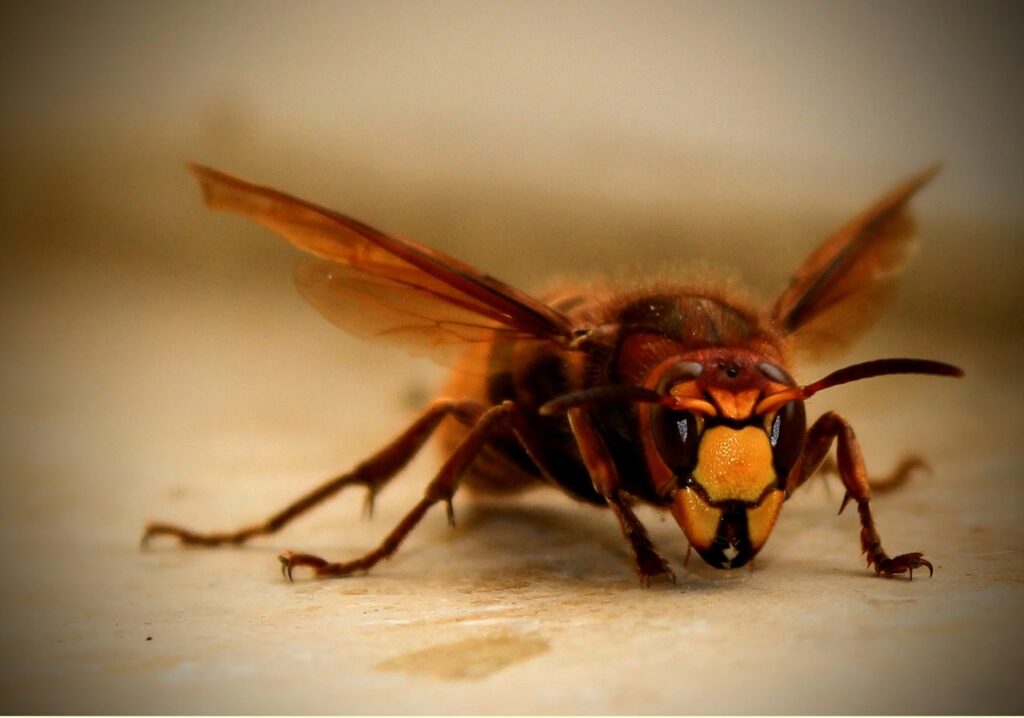
Identifying and Treating Fly Infestations
5.1. Identifying the Fly Species
To effectively treat a fly infestation, it is important to identify the species of fly involved. Different fly species have different habits and may require specific control methods. You can consult a pest control professional or utilize online resources to help identify the species of flies in your kitchen.
5.2. Assessing the Level of Infestation
Assessing the level of infestation is crucial in determining the appropriate treatment method. A minor infestation may be manageable with DIY remedies, while a severe infestation may require professional intervention. Take note of fly activity, breeding areas, and the number of flies you encounter to gauge the extent of the problem.
5.3. DIY Remedies for Fly Control
For minor fly infestations, there are several DIY remedies you can try. These include homemade fly traps using apple cider vinegar, sugar, or fruit, as well as natural repellents like essential oils. It is important to consistently follow the chosen remedies and monitor their effectiveness in controlling the fly population.
5.4. Calling a Professional Exterminator
If the fly infestation persists despite your efforts or if it is severe from the start, it is recommended to call a professional pest control company. Exterminators have the experience, knowledge, and access to stronger control methods and treatments that can effectively eliminate flies from your kitchen.
Home Remedies to Get Rid of Kitchen Flies
6.1. Apple Cider Vinegar Trap
Apple cider vinegar is a potent attractant for flies. To create an apple cider vinegar trap, pour some vinegar into a bowl or jar and cover it with plastic wrap. Poke a few small holes in the plastic wrap, and flies will be attracted to the vinegar and become trapped inside the container.
6.2. DIY Fruit Fly Trap
To make a simple fruit fly trap, fill a jar or cup with a mixture of apple cider vinegar and a few drops of dish soap. The vinegar attracts the fruit flies, while the dish soap breaks the surface tension and causes the flies to sink and drown.
6.3. Essential Oil Repellents
Certain essential oils, such as lavender, peppermint, and eucalyptus, have fly-repellent properties. Mix a few drops of these oils with water in a spray bottle and spray the solution around your kitchen, especially near entry points and areas prone to fly activity.
6.4. Homemade Flypaper
You can make your own flypaper using a strip of brown paper or cardboard coated in a sticky substance. Mix equal parts of sugar, honey, and water to create a sticky glue, and spread it on the paper. Hang the flypaper in your kitchen, and flies will be attracted to the sweetness and get stuck to the sticky surface.
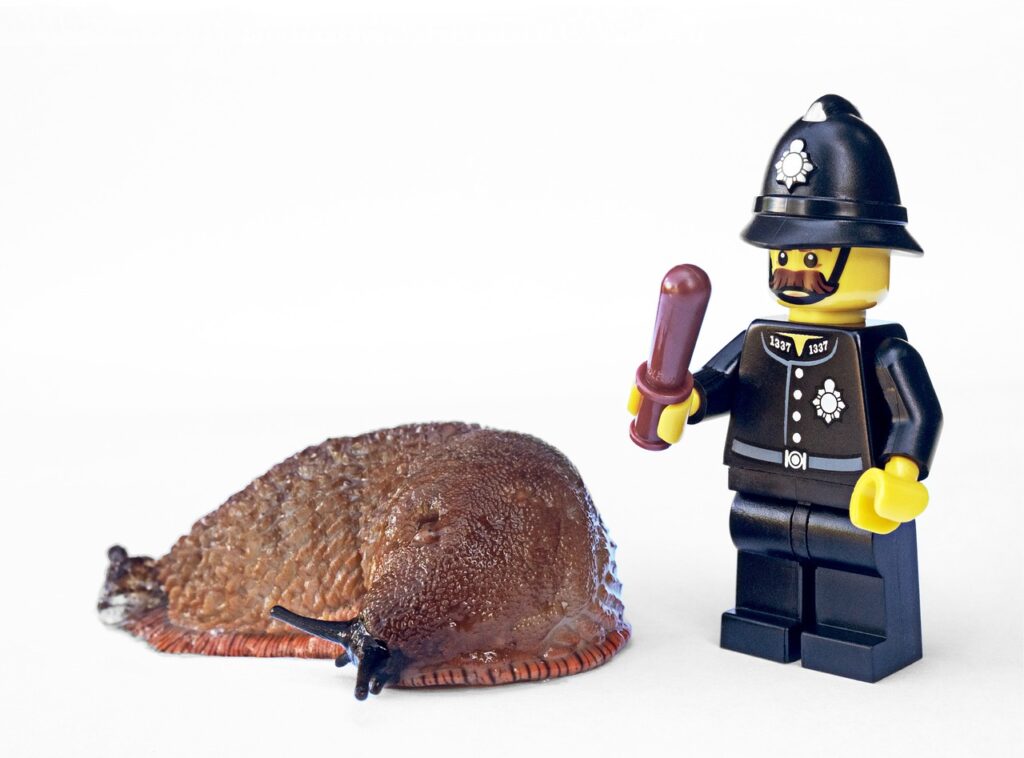
Professional Pest Control for Stubborn Infestations
7.1. Hiring a Licensed Exterminator
For stubborn fly infestations that persist despite your best efforts, it is advisable to hire a licensed exterminator. They have the expertise and resources to handle more challenging infestations and can develop a tailored treatment plan to eliminate flies from your kitchen effectively.
7.2. Fly Control Methods and Treatments
Professional pest control companies employ a range of effective fly control methods and treatments. These may include the use of insecticide sprays, fogging, or targeted baiting techniques. The specific methods used will depend on the severity of the infestation and the species of flies involved.
7.3. Ongoing Maintenance and Prevention
After professional pest control treatment, it is important to continue practicing good maintenance and prevention strategies to avoid future fly infestations. Regular cleaning, proper waste management, and sealing entry points are essential for ongoing fly control in your kitchen.
Conclusion
Flies in the kitchen can be a frustrating and unhygienic issue. By understanding the causes of flies, the different types of flies found in kitchens, and the problems associated with them, you can take necessary steps to prevent and control these pests. Whether through cleanliness and sanitation, natural remedies, or professional pest control, you have numerous options to address fly infestations and restore a clean and fly-free kitchen environment. Remember, prevention is key, so be proactive in implementing preventative measures to keep your kitchen free from flies.
